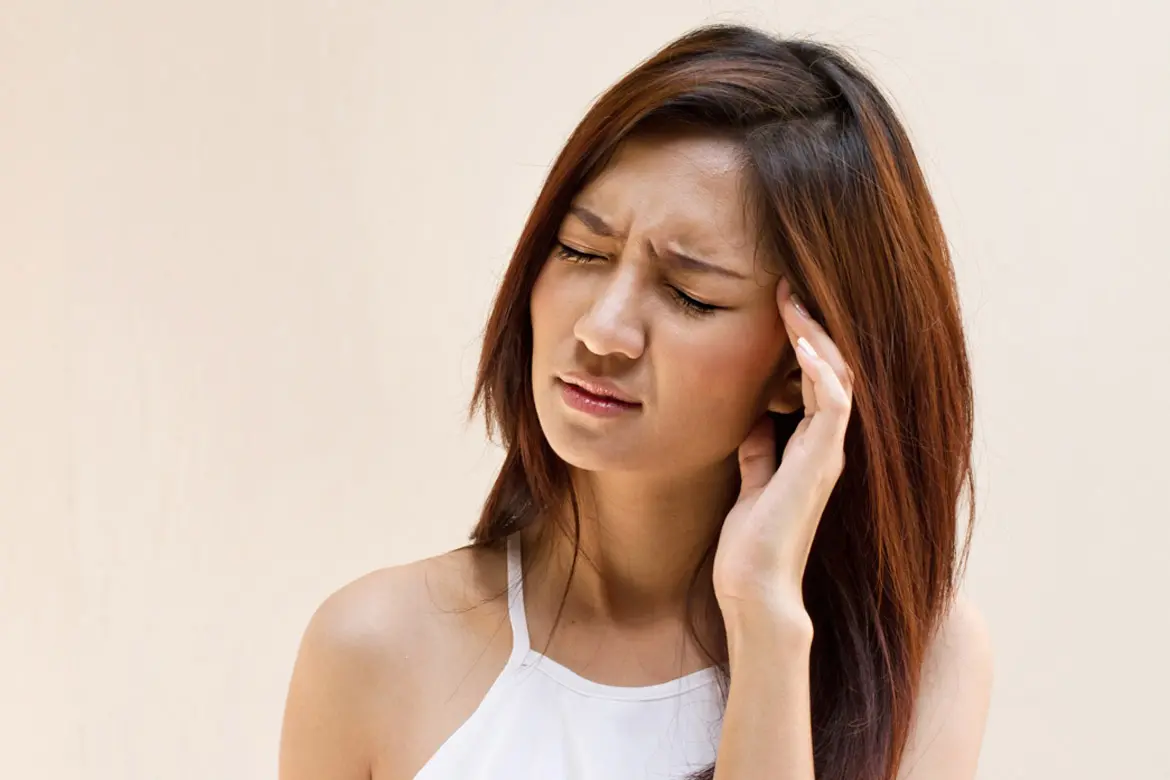Dr Chow Hui Jeremy
Cardiologist


Source: Shutterstock
Cardiologist
Vasovagal syncope is a common, non-life-threatening type of fainting or loss of consciousness due to a temporary decline in blood flow to the brain.
Vasovagal syncope is caused by the relaxation of the blood vessels and lowering of the heart rate, which leads to low blood pressure. Losing consciousness is the body's normal response to low blood pressure.
The changes in the blood vessels and heart rate are caused by an imbalance in the control of the nervous system that facilitates communication between the heart, blood vessels, and brain. Doctors do not completely understand the brain's control of these involuntary signals and why some people develop vasovagal syncope.
It is common in younger patients and 20 – 25% of young people may experience it. The elderly also tend to be more prone to experiencing a vasovagal reflex. People who are easily dehydrated are at a higher risk of having a vasovagal syncope.
An elderly patient on certain medication like diuretics for hypertension would be more prone to a vasovagal episode. Also, when an elderly patient has constipation or benign prostatic hyperplasia (enlarged prostate) with obstruction, straining may trigger the vasovagal reflex and syncope.
The most severe consequence would be an accident or injury sustained during loss of consciousness and fainting. Preventing a vasovagal episode is thus important to avoid such accidents.
Vasovagal syncope is not a sign of more serious illnesses.
Avoid fainting spells by recognising the symptoms before it happens. Look out for symptoms including:
You may recognise someone experiencing a fainting spell when they appear pale.
Don't try to walk to the clinic or go outside because you might faint before arriving at your destination. If you notice someone suffering a fainting spell, bring the person away from a hot, crowded area.
There are moves known as anti-gravity manoeuvres that can prevent the loss of consciousness.
The most effective manoeuvre is lying down on your back with your knees bent.
When you are in a situation where lying down is inappropriate, try a low squat. Squatting brings your heart closer to your legs, returns much of the pooled blood to the heart, and blocks the arteries that carry blood to the legs. These changes raise the blood pressure in the rest of your body.
A more subtle but less effective manoeuvre is to cross your legs while standing in place and tighten your abdominal muscles. This tends to work well during when you start to recognise the symptoms of a fainting spell and can be useful when you are standing still in a crowded place. This move can also be used while standing around talking to people, and can be very effective at preventing dizziness.
You can help if someone else faints by first positioning them on their back. If the person has no injuries and is breathing, raise their legs above their heart level if possible. Then loosen belts, collars, or any constrictive clothing. Let the person remain in this position for some time to reduce the chance of fainting again.
If the person doesn't regain consciousness within one minute, call 995. If the person is not breathing, perform CPR and call 995. Continue CPR until emergency services arrive or the person begins to breathe.
In cases where the person acquired an injury when falling after fainting, treat any bruises or cuts appropriately and control any bleeding by applying direct pressure.
This condition can be treated without drugs or medical intervention. You should learn to recognise the symptoms at the onset of a fainting spell and carry out the manoeuvres above.
Staying hydrated is the most effective way to prevent dizziness and fainting. First, you should avoid consuming caffeinated drinks. Caffeine increases the body's production of urine, stimulates the heart, and makes fainting more likely to occur. Eliminate caffeine intake slowly from your diet slowly, over a period of 1 – 2 weeks to avoid excessive tiredness or headaches resulting from caffeine withdrawal.
Second, increase your fluid intake and monitor your hydration level by examining your urine colour and frequency. If you are well hydrated, you will have to urinate more frequently and your urine colour will be clear. If you are poorly hydrated, your urine will be dark yellow and you will urinate infrequently.
You can improve your hydration by drinking beverages that contain salt. These include sports drinks, and decaffeinated beverages such as ginger ale, soda and most juices. Water is acceptable even though it does not contain salt. When you get thirsty, you are already getting dehydrated. You may need to carry a bottle of water with you, especially when water is not readily available.